Philips Hue Motion Sensor: two-minute review
The Philips Hue Motion Sensor, as the name suggests, is a palm-sized device that triggers your smart lights when it detects movement. That's not all, though – it also works as a home security sensor, alerting you to potential intruders while you're away. Just tap a button in the app to 'arm' the Motion Sensor (plus any other Philips Hue cameras and sensors in your home) and it'll enter security mode, making your lights behave differently and sending you a phone notification if something happens in your absence. For example, your lights could turn red or flash, while the app lets you call an emergency contact with a tap.
The Motion Sensor requires a Philips Hue Bridge to work, so it's best if you already have an established smart lighting setup. If you're not familiar with the Bridge, it's a small hub that connects to your Wi-Fi router, and uses the Zigbee wireless protocol to connect all your Philips Hue devices in a mesh network.
It has a list price of $44.99 / £39.99 / AU$69.95, which means it's not the cheapest motion sensor around, and if you're not going to use its security functions then you might be better served by a simpler Zigbee device instead. However, the Philips Hue Motion Sensor's extra security features mean it could even be a cornerstone of your security system, and from that perspective it's excellent value.
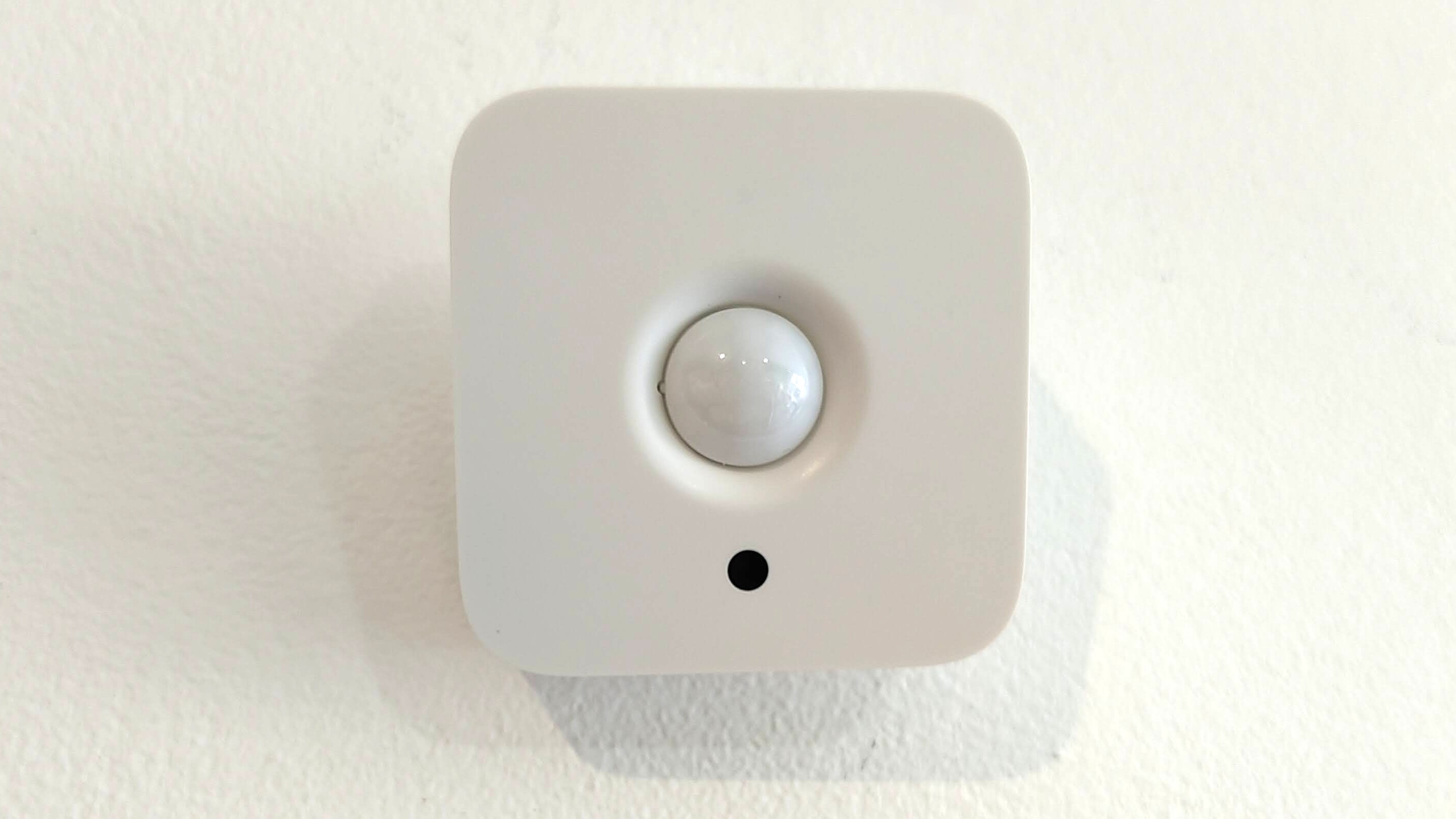
The sensor is a small, lightweight device and comes ready to go, with two AAA batteries already installed. To connect it, just scan the QR code on the back using the Philips Hue app, then hold the 'setup' button until the LED on the front flashes orange to pair it, as instructed on screen.
Once the sensor is paired, you'll be prompted to assign it to a room, then asked which lights you want it to control. These lights don't have to be in the same location; for example, you may want to have a light activated in your study if motion is detected in the porch so you don't miss a package delivery (provided it's under cover – you'll need the Philips Hue Outdoor Motion Sensor if it's going to be exposed to the elements).
The sensor can turn lights on and off, but you can also use it to adjust their brightness, and even apply scenes.
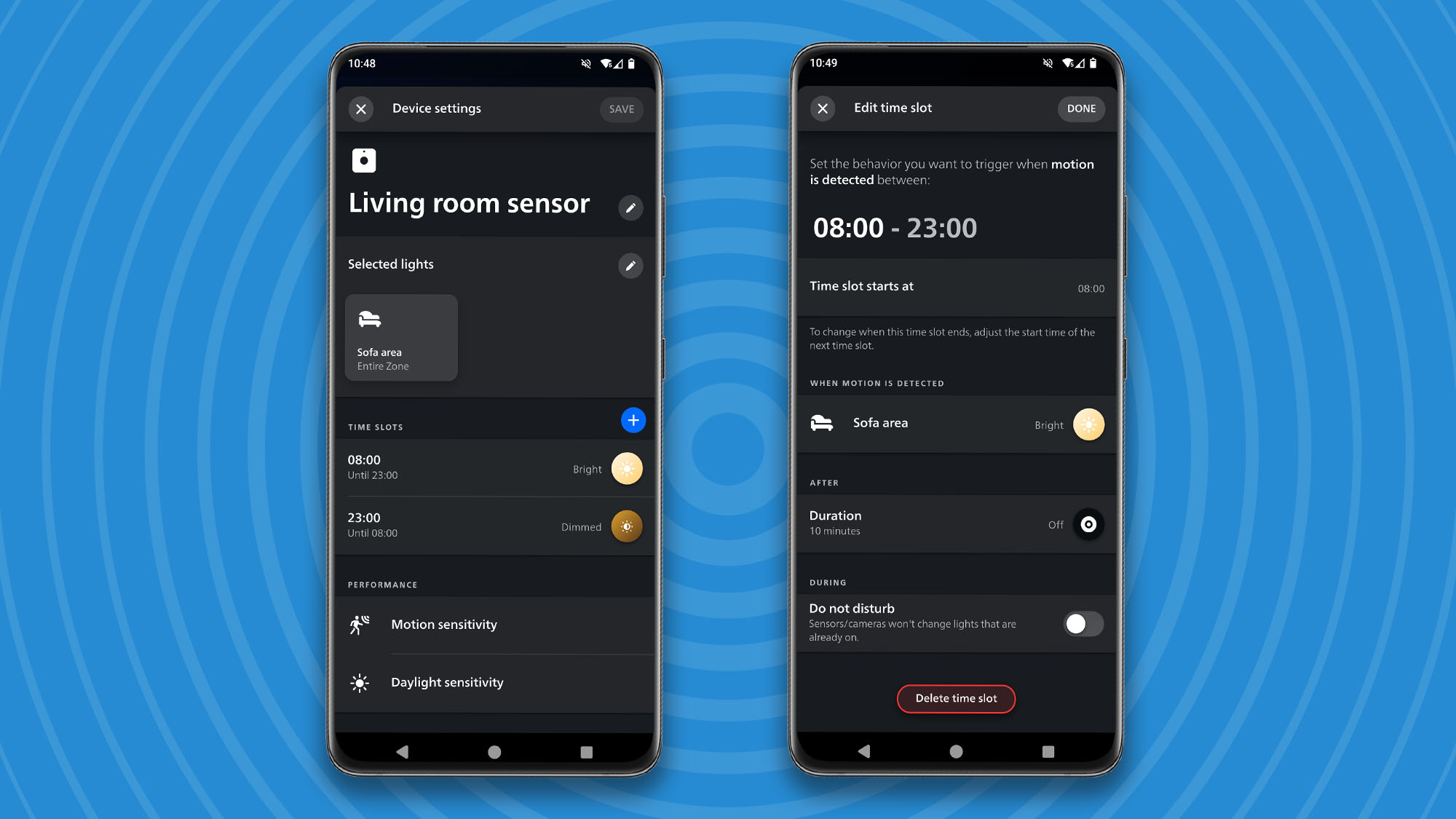
Like the Philips Hue Dimmer Switch the Philips Hue Motion Sensor allows you to set different actions for your lights depending on the time of day.
During my tests this worked perfectly, and helped me and my partner avoid being dazzled at night. I installed the sensor in our hallway and kept the lighting level low after 11pm so we could find our way to the kitchen for a drink of water without being jarred into full wakefulness after bedtime.
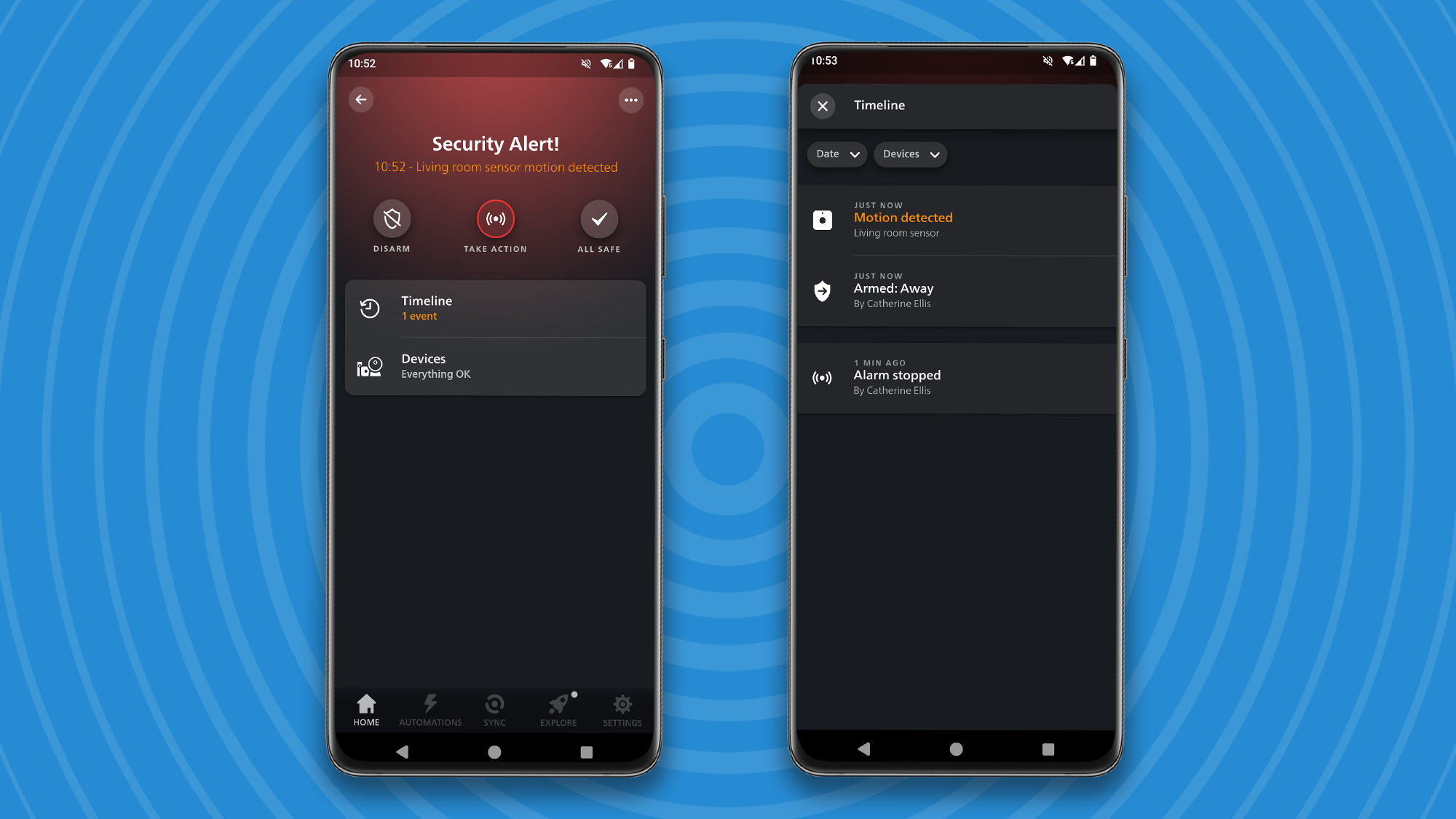
As I mentioned earlier, the Dimmer Switch also functions as a security device (either by itself or with other Hue sensors and cameras), the app lets you decide what events it should trigger when it's set to 'armed'. By default, it will make connected Philips Hue lights flash when motion is detected, but you can also simply make them turn on, or have them change color. An intimidating red might be a good option.
The sensor doesn't have a siren of its own, but if you have a Philips Hue Secure camera, it can play an audible alert when the sensor detects movement.
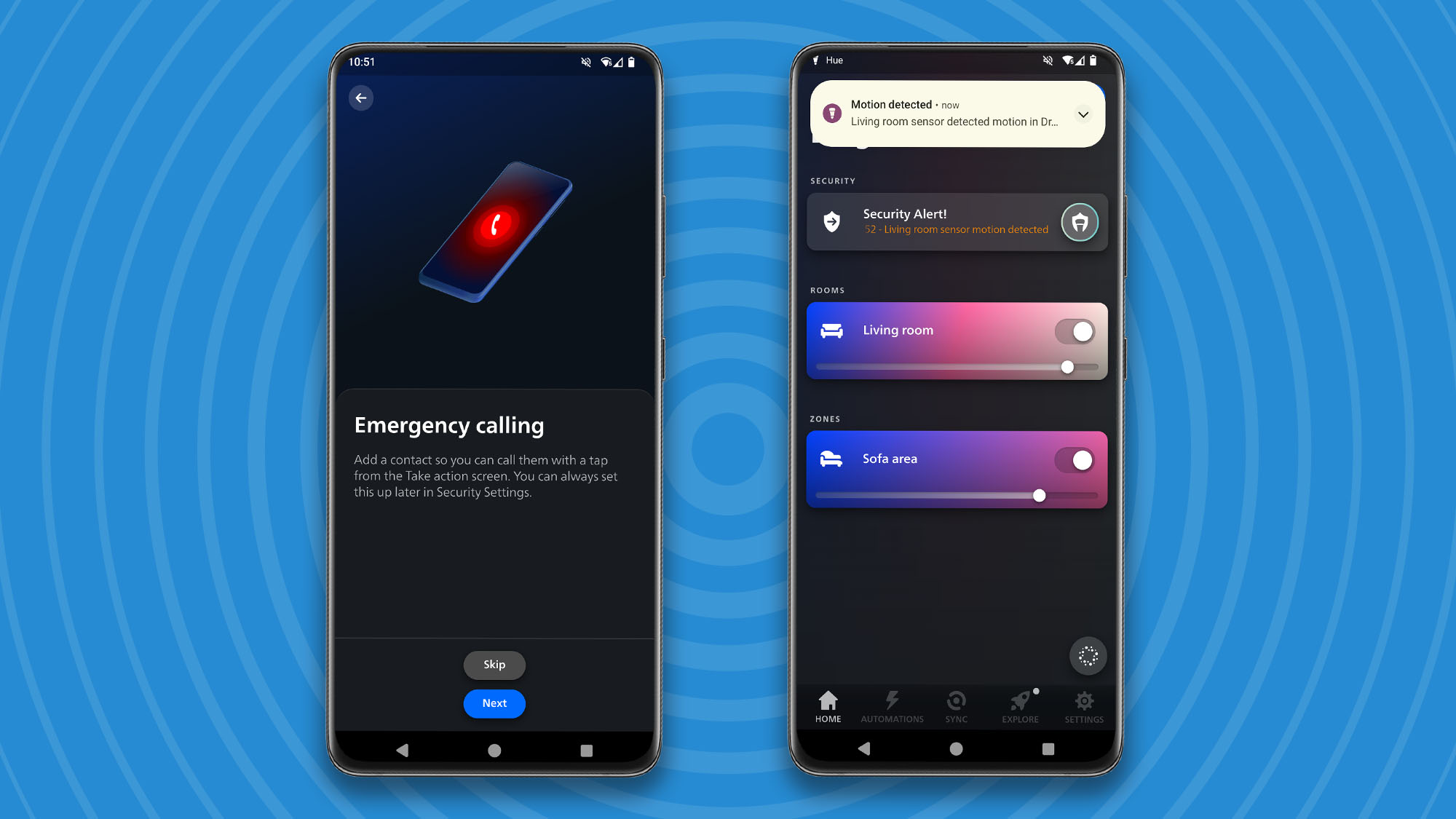
During my tests the app reliably sent me a notification whenever my partner wandered by and the system was armed – and he informed me that the living room lights turned pink as well. After increasing the sensitivity a little, the sensor was able to detect him entering the living room even when mounted on a wall at the other end of the room, opposite the door.
It's worth noting that although you can change the direction of the sensor by simply shifting it on its magnetic mount (as described below) and dial its sensitivity up and down, the absence of a camera on this sensor means it's not possible to create custom zones that won't be monitored, so you might need to spend some time experimenting with the settings so it picks up movement near doors and windows.
That's not a major issue though, and the magnetic mount can even be fitted to the ceiling, making it simple to keep an eye on potential entry points.
Philips Hue Motion Sensor: price and availability
- Costs $44.99 / £39.99 / AU$69.95
- Often discounted, particularly in sales events
The Philips Hue Motion Sensor is available globally direct from Philips Hue, and from third-party retailers including Amazon.
It has a list price of $44.99 / £39.99 / AU$69.95, but is often available at a steep discount, particularly during sales events like Amazon Prime Day and Black Friday. You'll find today's best prices in your area listed below.
You can also find it bundled together with the Philips Hue Bridge and a set of smart light bulbs as part of a Philips Hue Starter Kit.
Philips Hue Motion Sensor: design
- Can be mounted on a wall or used free-standing
- Magnetic wall mount allows you to angle the sensor
- Only available in white
The Philips Hue Motion Sensor is a discreet white device with a magnetic back containing a single screw, which you can undo to replace the two AAA batteries powering it. The sensor can be mounted on a wall or ceiling, or simply placed on a piece of furniture if you'd prefer not to drill holes.
It measures 6.9 x 2.8 x 2.2 inches / 174 x 72 x 55mm (H x W x D) and weighs 2.8oz / 80g.

The mount (which comes with two screws and a wall plug) is a small circular magnet. Once it's screwed in, you simply place the sensor on top, then tilt it to face the direction you want to monitor. During my tests the sensor felt most secure when facing straight on, but it never felt likely to fall off when tilted.
Unlike other Philips Hue accessories (such as the Philips Hue Dimmer Switch) you can't attach the Motion Sensor to your wall using 3M tape. The mount has a slightly rubberized finish that doesn't work well with adhesives, and the strength of the magnets means the tape would likely pull away when you remove the sensor unit.
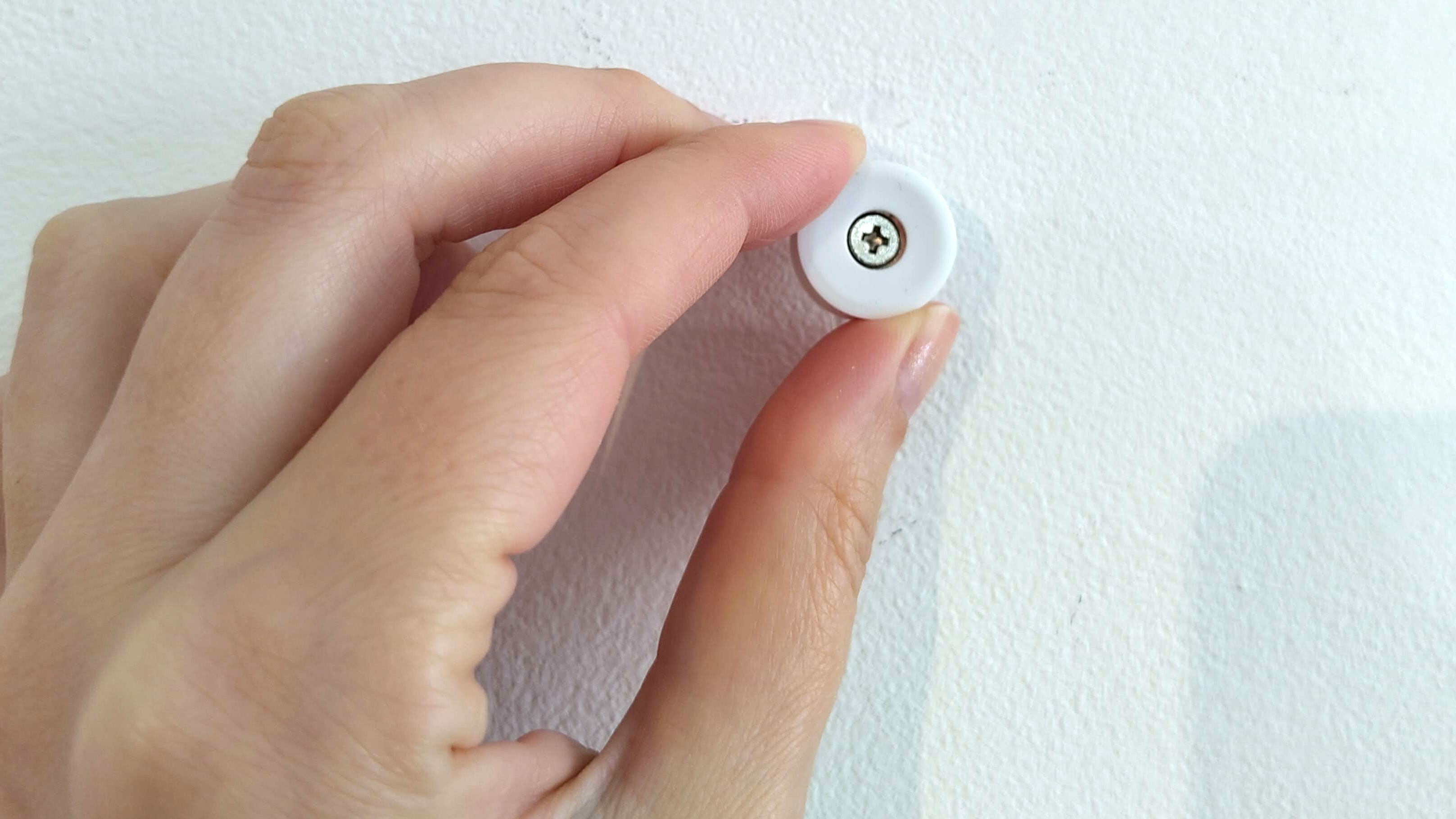
Unlike some Philips Hue accessories, the Motion Sensor is only available in white. However, since it's likely to be mounted close to a white ceiling, that's not too much of an issue.
The sensor isn't weather-resistant, and therefore can't be used outdoors. If you want a sensor for detecting movement in your yard, you'll need the Philips Hue Outdoor Motion Sensor, which is also wireless and can be mounted on a wall or used free-standing.
Should you buy the Philips Hue Motion Sensor?
Buy it if
You can't fit a whole security system at home
Whether it's the price, the inconvenience, or the need to drill holes in the walls, a full hard-wired security system isn't the right fit for a lot of homes. With one (or more) of these little sensors, you can enjoy peace of mind for a fraction of the price, and with none of the hassle.
You want hands-free lighting
The Philips Hue Motion Sensor is a particularly great option for dark hallways, especially when you're coming home at night with your hands full, and groping for the light switch is a hassle. It can also trigger more gentle after bedtime so you can find your way to the bathroom without being dazzled.
Don't buy it if
You have a Ring doorbell and no Hue lights
If you already have a Ring doorbell and no Philips Hue Bridge, it makes sense to stick with Ring for your home security needs. Depending on which Ring Home membership you choose, you can have several devices covered by the same plan. Take a look at our full guide to Ring subscriptions for more details.
You want to be alerted when a door opens
The Philips Hue Contact Sensor works in a similar way to the Motion Sensor, triggering lights and sending you an alert on your phone if a door or window is opened. Depending on your security needs, it may be a better option. Both devices are about the same price.
Philips Hue Motion Sensor: also consider
Ring Alarm Motion Detector
If you've already got a Ring doorbell, it's worth checking out the company's motion sensor before plumping for the Philips Hue version. It's mostly made with security in mind, but can also control smart lights if you create an automation using IFTTT (If This Then That).
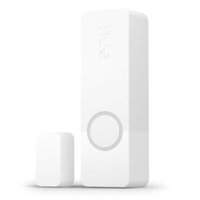
Philips Hue Secure Contact Sensor
This sensor works in much the same way as the Philips Hue Motion Sensor, activating lights and/or sending an alert to your phone, but instead of movement it's triggered when a door or window is opened. Ideal for your front door or a dark cupboard.
How I tested the Philips Hue Motion Sensor
I connected the Philips Hue Motion Sensor to my home smart lighting setup, which includes several bulbs, switches, and a pair of Philips Hue Play Light Bars. I started by installing it in my hallway so I could test its sensitivity and time-based functionality (specifically triggering dimmer illumination at night). I then moved it to the living room to test its security features, triggering alerts on my phone and setting the main ceiling lights to pink while my husband was home to monitor the effects.



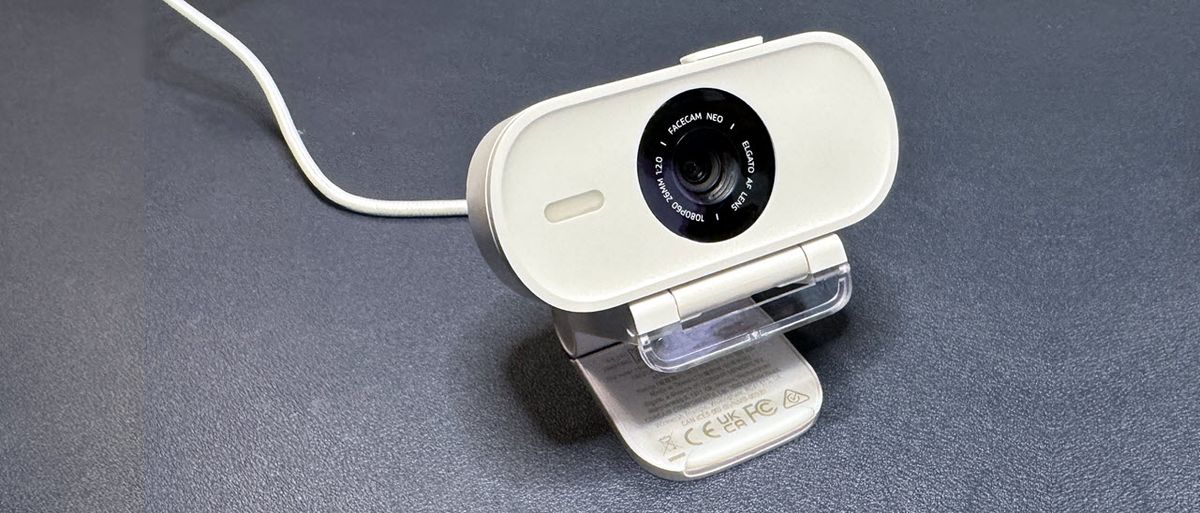








 English (US) ·
English (US) ·